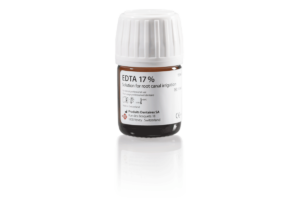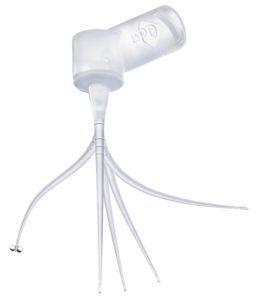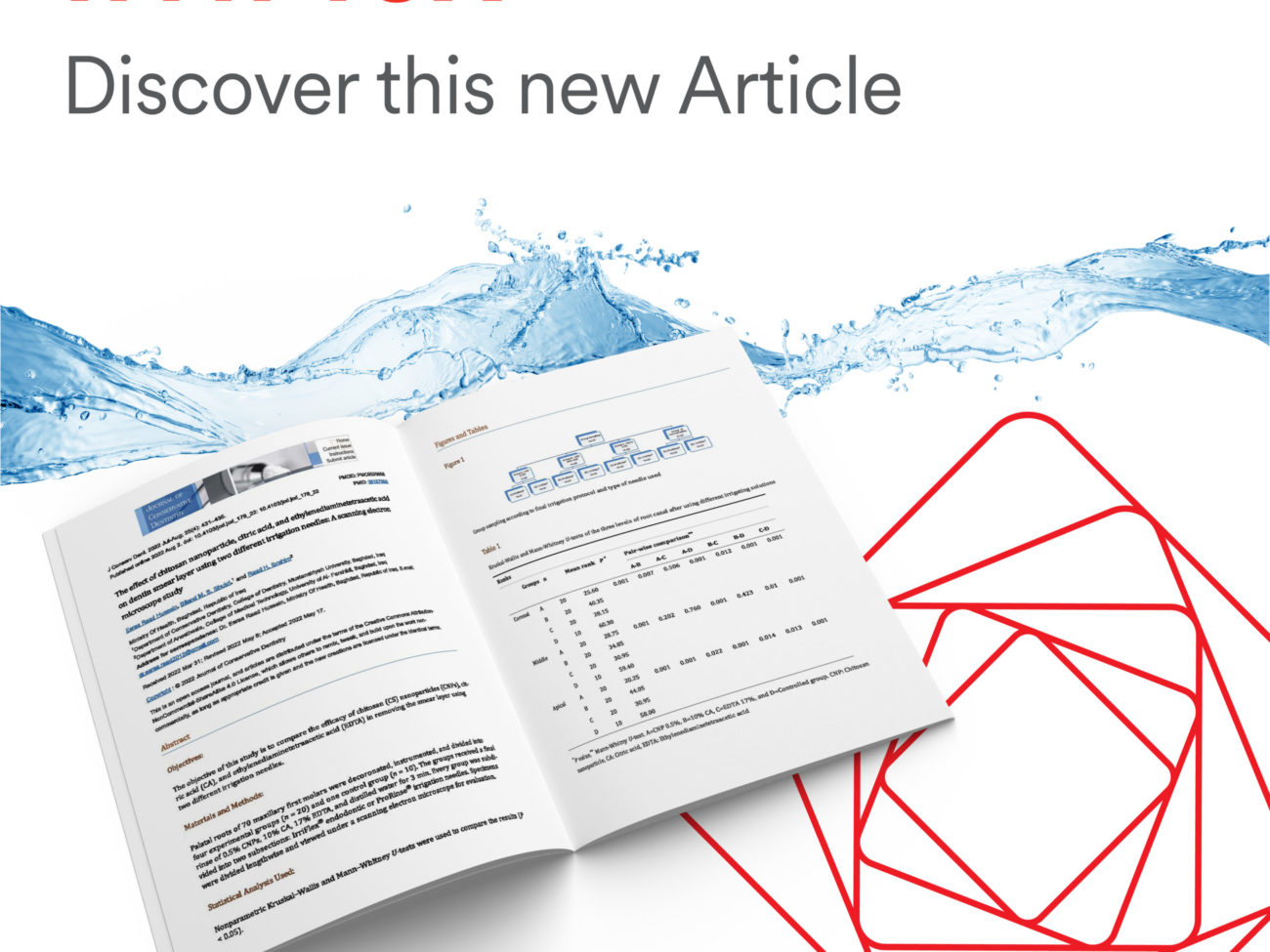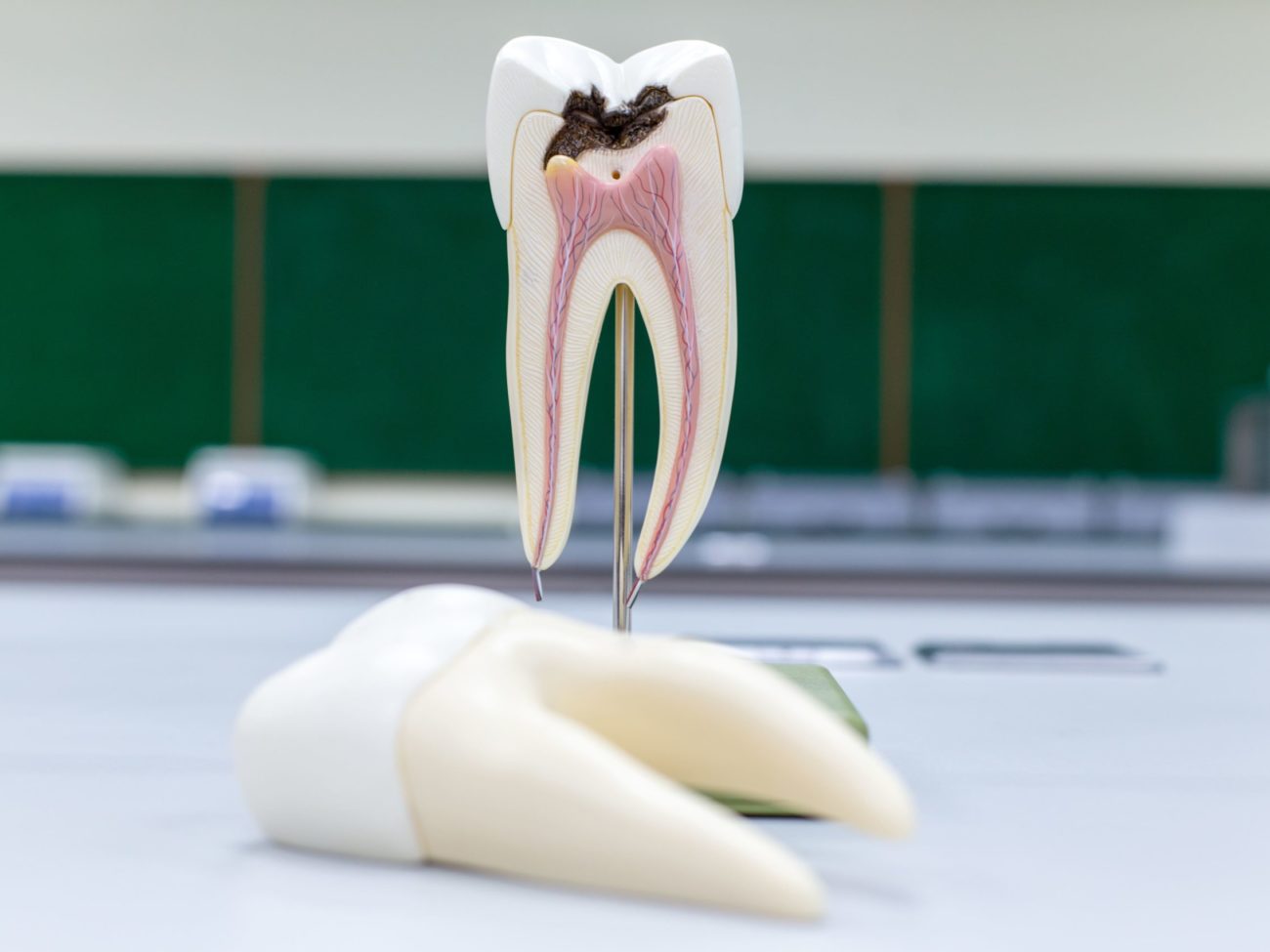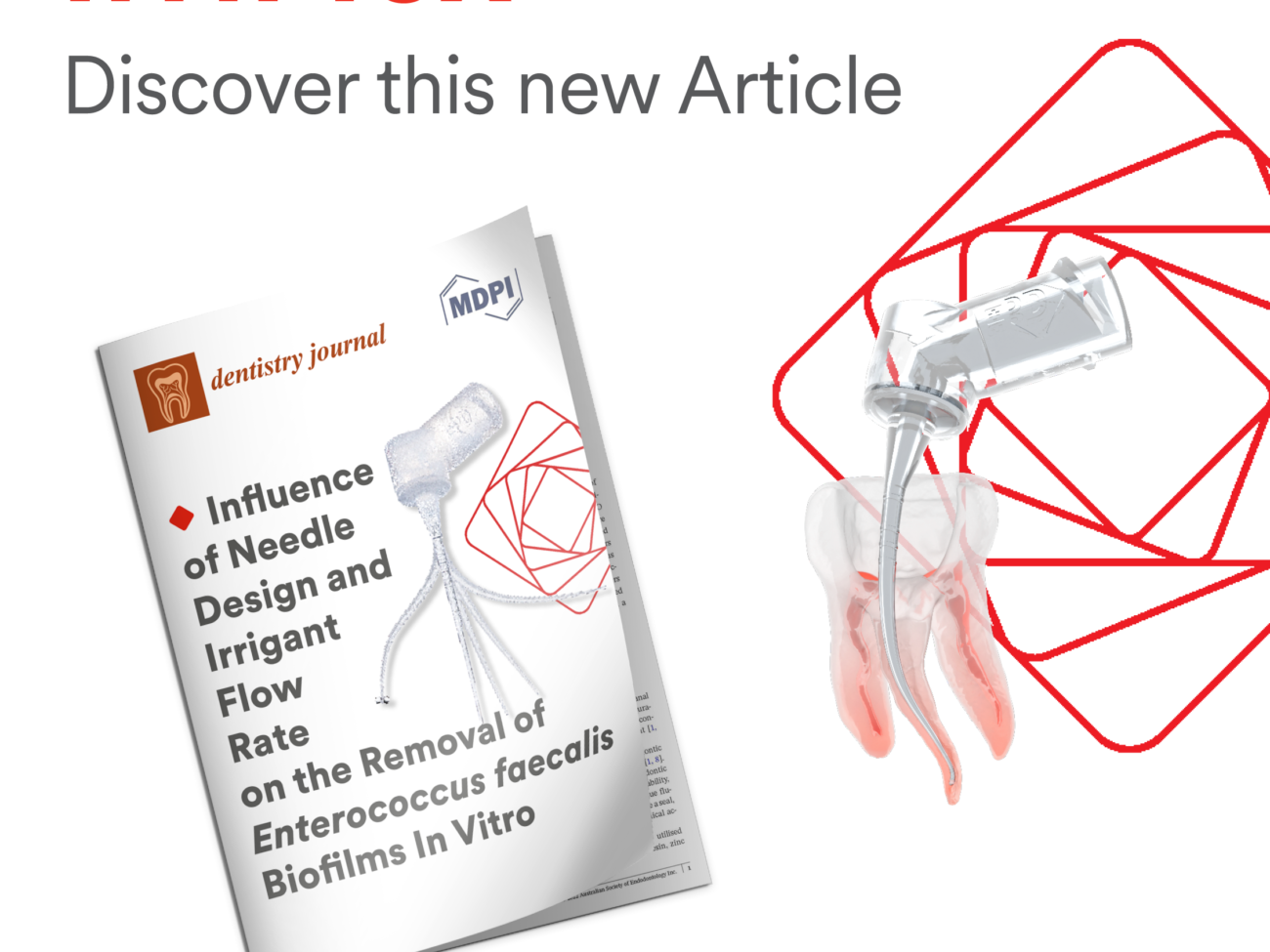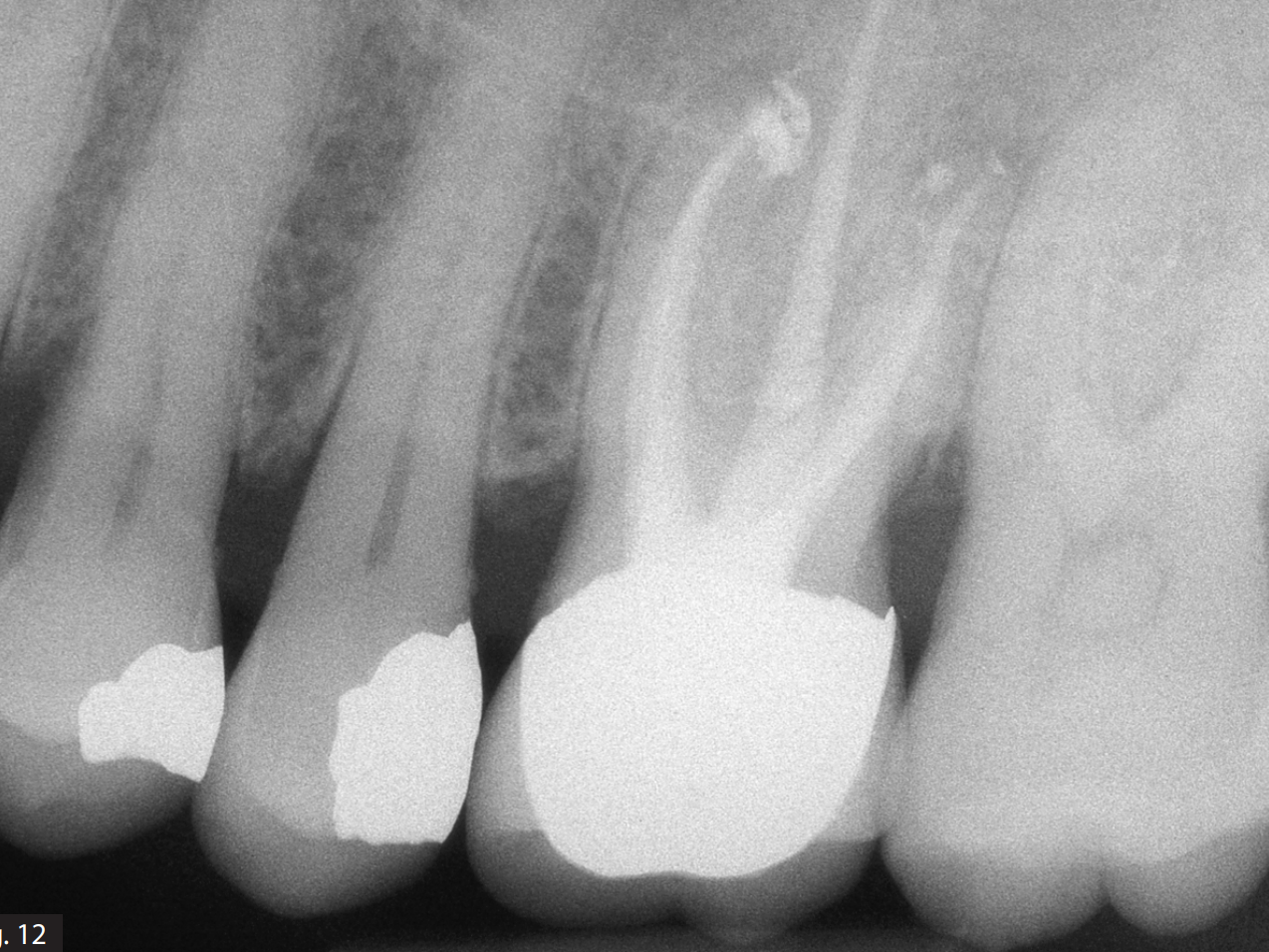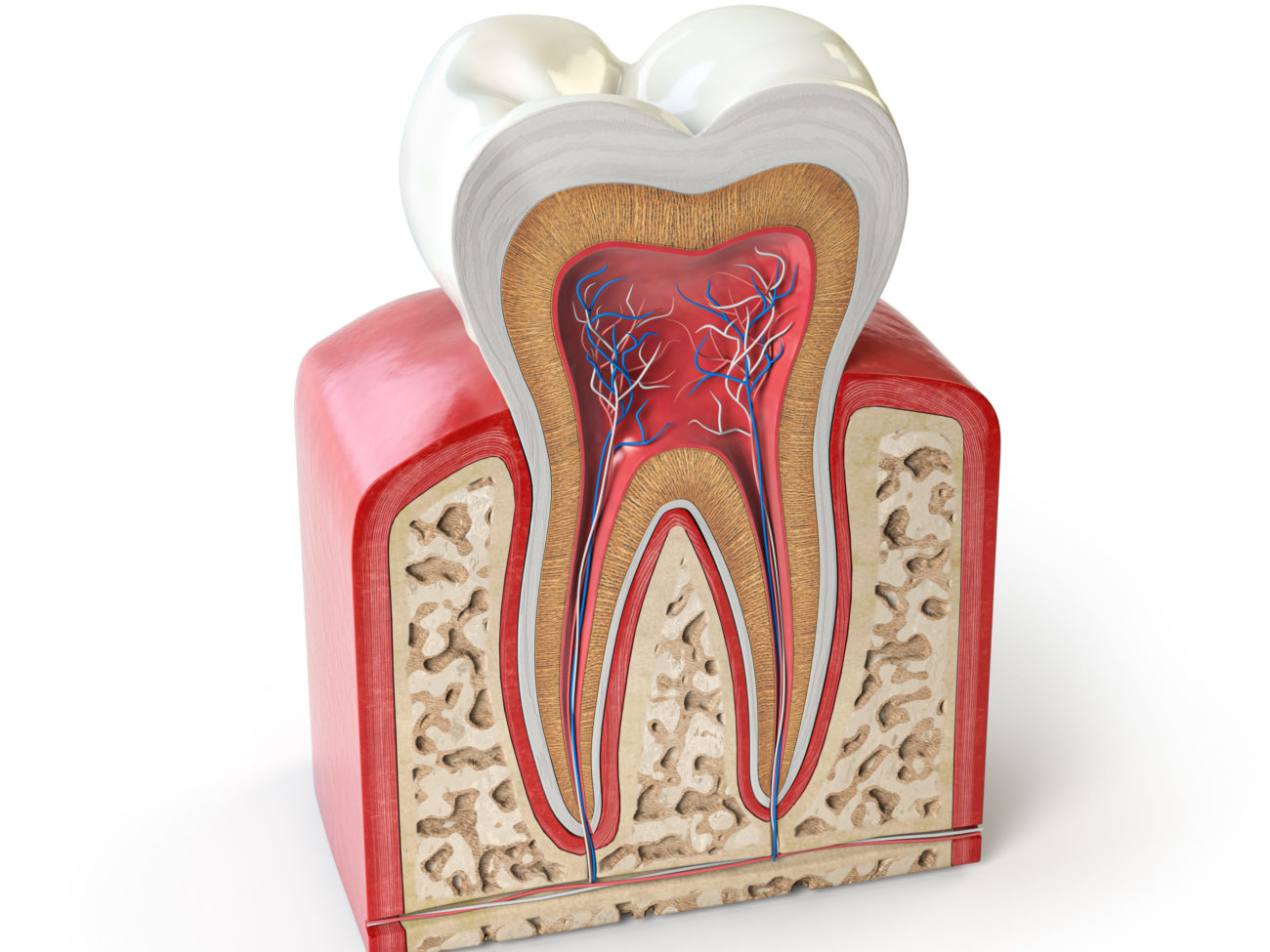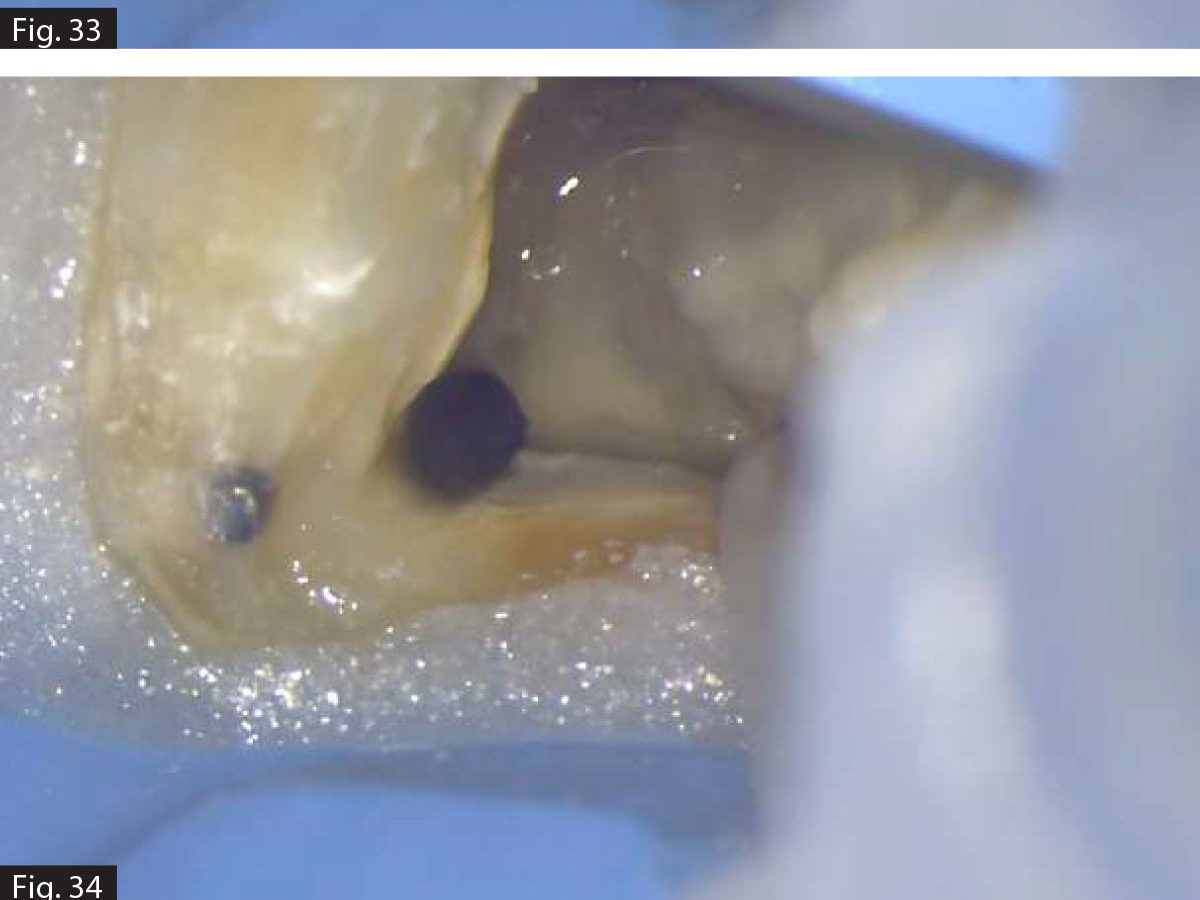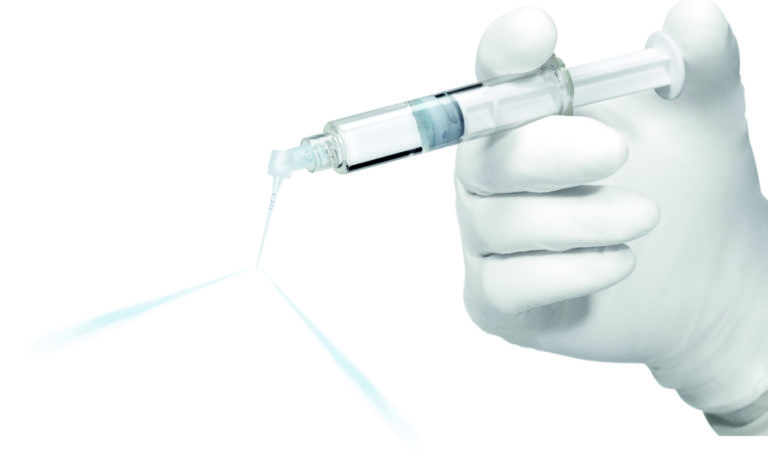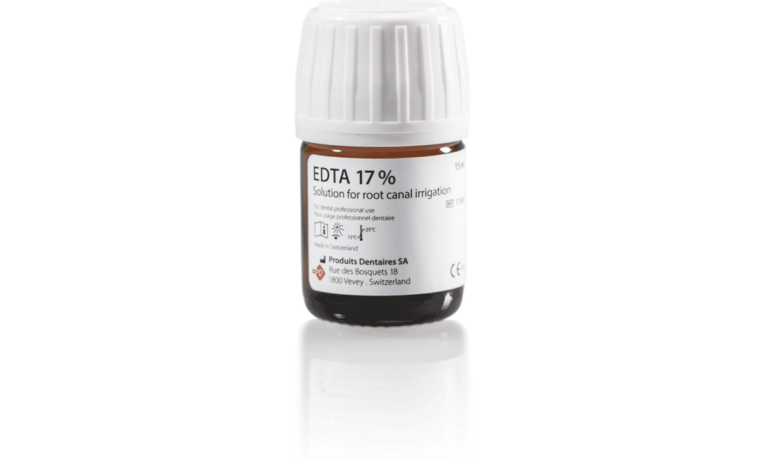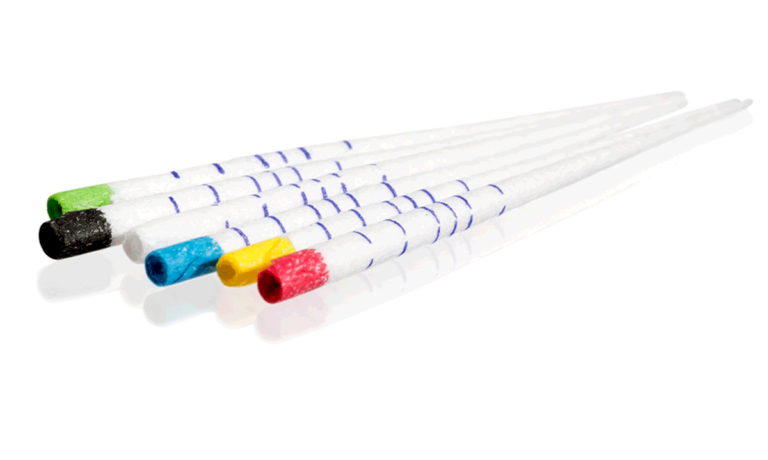The Role of Advanced Irrigation Techniques
New technologies, such as ultrasonic activation, negative pressure irrigation, and dynamic agitation systems, enhance the effectiveness of irrigants by improving penetration and ensuring thorough disinfection of the complex root canal anatomy.
Equally important is using the right irrigation delivery system. IrriFlex, with its flexible and innovative design, allows for more efficient and safer delivery of solutions deep into the root canal, even in curved and hard-to-reach areas. Its unique structure helps optimize the flow and distribution of irrigants, contributing to a cleaner canal and a higher chance of treatment success.


